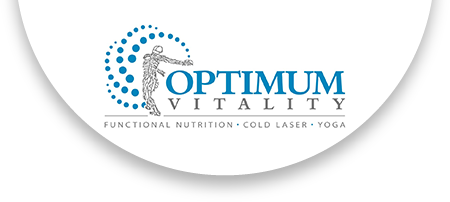Why Full Spectrum Oil
Why Full Spectrum Oil?

Cannabinoids we produce are called endocannabinoids whereas cannabinoids we ingest from plants are called phytocannabinoids.
The two endocannabinoids discovered are known as
- Anandamide (Ananda is the Sanskrit word meaning bliss)
- 2-AG (2-arachidonoylglycerol).
Endocannabinoids are essential for our bodies to maintain balance and prevent specific conditions.
The most cost-effective and therapeutic way to consume phytocannabinoids is by way of hemp. Cannabidiol (CBD) is the dominant phytocannabinoid, yet the hemp plant contains over 100 different phytocannabinoids, not just CBD. When using full-spectrum oil, you receive the benefit of all cannabinoids, which has been shown to be more clinically beneficial than CBD isolates.
The true therapeutic property of the plant resides in the profile of the whole plant, including cannabinoids, terpenes, fatty acids, Vitamins A, C, E & B, and amino acids. The synergistic profile of a full spectrum product brings the Endocannabinoid System (ECS) into balance, which improves recovery time and reduces inflammation.
We can consume other foods such as dark chocolate, echinacea, turmeric, and hops to ingest phytocannabinoids. However, these foods contain only trace amounts of phytocannabinoids; not enough to be considered a benefit amount for the ECS.
Full Spectrum, Broad Spectrum, and Isolate
What determines what full-spectrum is? Welcome to the plight of the cannabis industry! This question and the nuances surrounding labeling is the exact predicament many in the industry find themselves in.
To most, full-spectrum includes the whole phytochemical extract of the plant. This would include all cannabinoids, terpenes, fatty acids, and vitamin profiles. To some, full-spectrum means taking their extracted CBD oil and adding terpenes. Are they adding the terpenes that came from the cannabis strains grown to make the oil? Probably not! Now you understand why some are seeking better clarification through more detailed labeling. Full-spectrum oil does contain tetrahydrocannabinol (THC). Legally, there can be no more than 0.3% THC in a CBD product.
Broad Spectrum most often refers to a full phytochemical profile minus the THC. Many label this product “THC-Free”.
Isolate is CBD by itself, extracted out of the oil. This is CBD in its most pure form with no other cannabinoids.
What Is CBD tincture oil if it’s not full-spectrum?
In order for the tincture to contain only CBD, the oil goes through a distillation process which pulls the terpenes, fats, waxes, and other cannabinoids out of it. In this case, you get a light amber-looking oil. If you want to play with specific CBD doses or create a high-dose CBD product, it’s best to have the CBD fully extracted and distilled.
The label will tell you if the product is full-spectrum or not. Just like how the nutritional value of food is listed on the package, so is CBD and/or hemp content.


